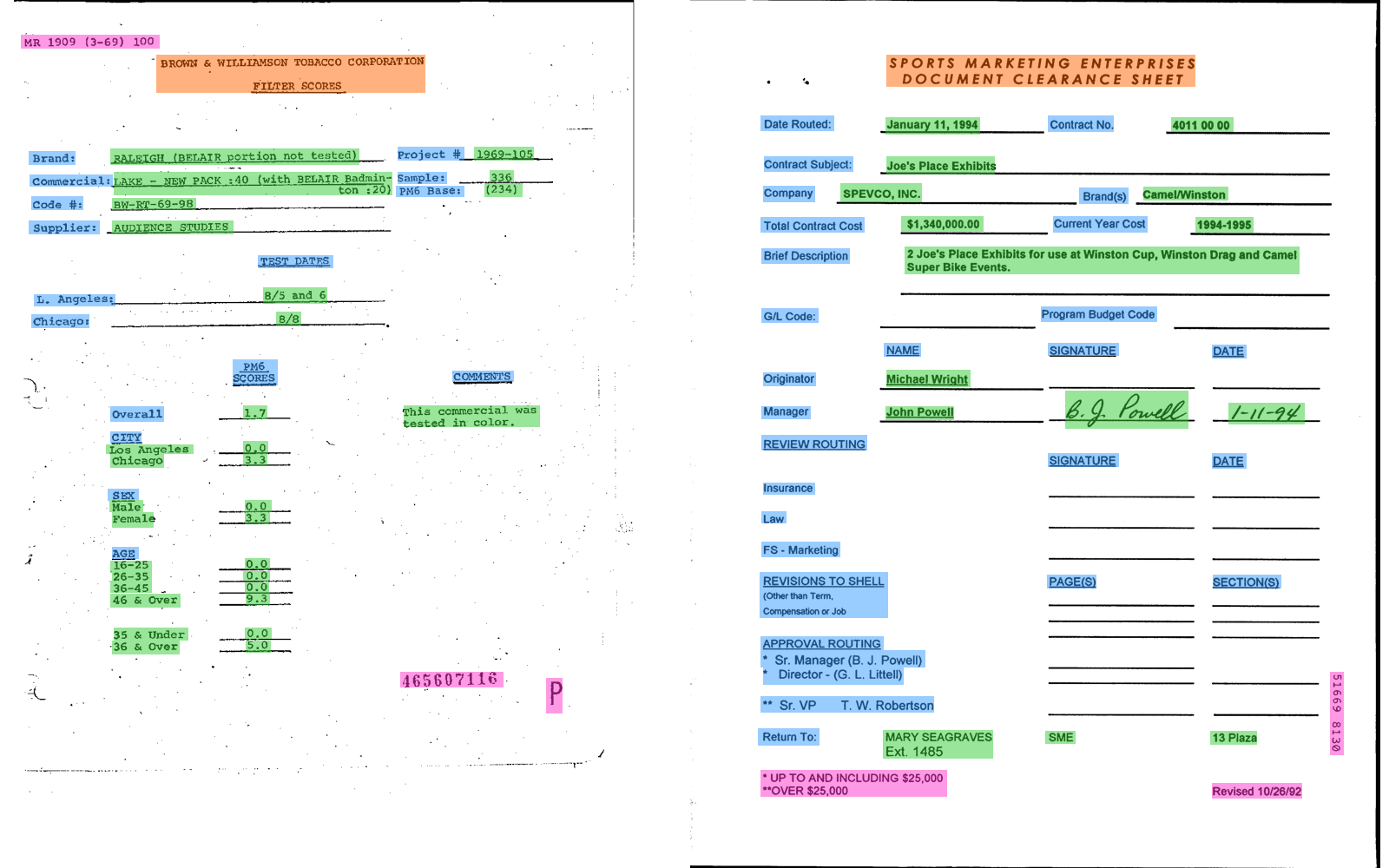@ThomasDelteil Thanks for the question! LayoutLMv3 still considers the FUNSD problem as a token-level labeling task. But it takes advantage of the textlines/segments output from the OCR engine, where 2D positions of the whole segments are used in the pre-training and fine-tuning tasks. We use segment 2D position embeddings for all downstream tasks.

I was curious about LayoutLMv3 on FUNSD results which are much higher than previous SOTA. At this line https://github.com/microsoft/unilm/blob/master/layoutlmv3/layoutlmft/data/funsd.py#L131 is LayoutLMv3 trained/evaluated on FUNSD using the ground truth provided entity grouping for its line segment embeddings as it is iterating through the GT items?
Would that make the task an entity labeling task (labeling of already grouped entities) rather than an (arguably harder) entity extraction task (grouping of words + labeling)? In the paper it does seem to say that it only does semantic labeling of entities:
but then in the table it compares LayoutLMv3 entity labeling results to entity extraction results from prior work so I'm a bit confused.
Is it the same for CORD? Are the word groupings coming from the OCR engine or from the ground-truth annotations?
Thanks!